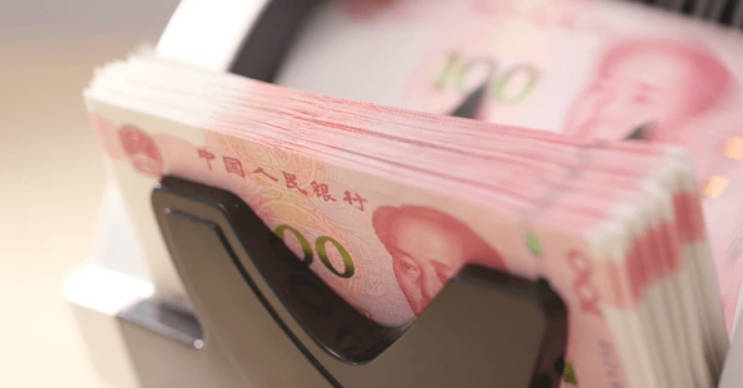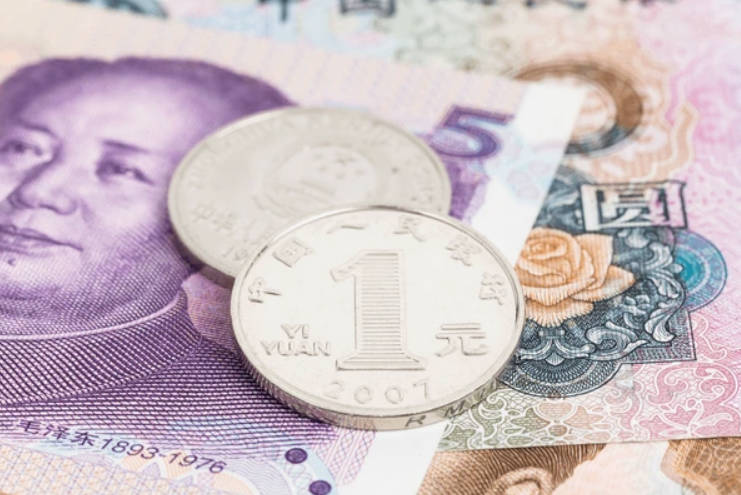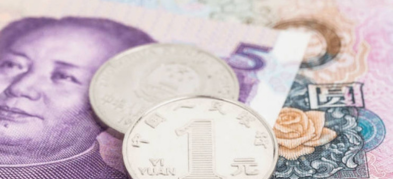
Ultima Markets App
Trade Anytime, Anywhere
Important Information
This website is managed by Ultima Markets’ international entities, and it’s important to emphasise that they are not subject to regulation by the FCA in the UK. Therefore, you must understand that you will not have the FCA’s protection when investing through this website – for example:
- You will not be guaranteed Negative Balance Protection
- You will not be protected by FCA’s leverage restrictions
- You will not have the right to settle disputes via the Financial Ombudsman Service (FOS)
- You will not be protected by Financial Services Compensation Scheme (FSCS)
- Any monies deposited will not be afforded the protection required under the FCA Client Assets Sourcebook. The level of protection for your funds will be determined by the regulations of the relevant local regulator.
Note: Ultima Markets is currently developing a dedicated website for UK clients and expects to onboard UK clients under FCA regulations in 2026.
If you would like to proceed and visit this website, you acknowledge and confirm the following:
- 1.The website is owned by Ultima Markets’ international entities and not by Ultima Markets UK Ltd, which is regulated by the FCA.
- 2.Ultima Markets Limited, or any of the Ultima Markets international entities, are neither based in the UK nor licensed by the FCA.
- 3.You are accessing the website at your own initiative and have not been solicited by Ultima Markets Limited in any way.
- 4.Investing through this website does not grant you the protections provided by the FCA.
- 5.Should you choose to invest through this website or with any of the international Ultima Markets entities, you will be subject to the rules and regulations of the relevant international regulatory authorities, not the FCA.
Ultima Markets wants to make it clear that we are duly licensed and authorised to offer the services and financial derivative products listed on our website. Individuals accessing this website and registering a trading account do so entirely of their own volition and without prior solicitation.
By confirming your decision to proceed with entering the website, you hereby affirm that this decision was solely initiated by you, and no solicitation has been made by any Ultima Markets entity.
I confirm my intention to proceed and enter this website Please direct me to the website operated by Ultima Markets , regulated by the FCA in the United KingdomWhat Is RMB? Understanding the Chinese Yuan
What is RMB? The Renminbi (RMB), often referred to as the Chinese Yuan (CNY), is the official currency of the People’s Republic of China. The term “Renminbi” literally means “People’s Currency,” and the currency code RMB is commonly used in international finance. The RMB currency plays a significant role in global trade and finance, often compared to the United States dollar as a major global currency.
Understanding what is RMB and its growing influence is essential for anyone interested in international economies. In this article, we’ll explore the structure, history, and future of the RMB, along with its increasing impact on global finance.
The History and Structure of the RMB
The Renminbi (RMB) was introduced by the People’s Bank of China (PBOC) in 1948 to unify China’s fragmented monetary system, which had resulted from years of civil unrest and foreign occupation. The PBOC was tasked with stabilizing the economy by issuing this unified currency. Since its introduction, the RMB currency has prominently featured the face of Mao Zedong, the founding father of the People’s Republic of China. His portrait appears on all RMB banknotes, symbolizing the country’s revolutionary history and its unity under the Chinese Communist Party.

The RMB currency is divided into units known as Yuan, Jiao (1/10th of a Yuan), and Fen (1/100th of a Yuan), although the latter two are rarely used in daily transactions.
What is RMB used for? The RMB currency is primarily used for facilitating trade and investment both within China and internationally. It plays a crucial role in global transactions and is increasingly used in cross-border trade settlements. The RMB currency is classified into two versions: onshore (CNY) and offshore (CNH). These versions are regulated in different environments, with CNY used for domestic transactions in mainland China and CNH for international dealings. While Renminbi (RMB) is the official currency of China, other regions, such as Hong Kong, use their own local currencies, like the Hong Kong Dollar.
Digital Payments and the Digital Yuan
In recent years, China has introduced the digital yuan, also known as e-CNY, as the official digital version of the Renminbi. Issued and regulated by the PBOC, the digital yuan aims to streamline payments within China and across international markets, supporting China’s push to stay at the forefront of global digital finance.
The digital yuan enhances payment efficiency by enabling instant, cashless transactions that reduce reliance on physical money and traditional banking infrastructure. Unlike cryptocurrencies, the digital yuan is legal tender backed by the PBOC, providing it with a unique status among global currencies. This enables its use for a wide range of transactions, from everyday purchases to international trade.
China has actively promoted the digital yuan through pilot programs and international partnerships, showcasing its potential for cross-border payments and foreign exchange transactions. As more countries explore digital currencies, the digital yuan is emerging as a viable alternative to established currencies like the US Dollar and Euro.

The Growing Influence of the RMB
The RMB currency has steadily increased its global influence, driven by China’s economic growth and rising importance in international trade. Here’s how the RMB currency is making its mark:
- Trade and Bilateral Agreements
The adoption of RMB currency in global trade has steadily increased. What is RMB used for in trade? The RMB currency has been promoted in trade settlements through bilateral agreements between China and its key trading partners. The Belt and Road Initiative (BRI) has also contributed to an increase in RMB settlements in trade deals. By September 2025, the share of global payments made with RMB reached 3.17%. - Global Reserve Currency Status
In 2016, the International Monetary Fund (IMF) added the RMB to its Special Drawing Rights (SDR) basket, marking a significant milestone in its recognition as a global reserve currency. The RMB currency now sits alongside other major global currencies like the US Dollar, Euro, and Japanese Yen, highlighting its growing role in global financial markets. - Investment and Financial Instruments
China’s opening financial markets have increased RMB-denominated investments. For example, the offshore bond market for RMB reached RMB 1.7 trillion in 2024. Initiatives like the Shanghai-Hong Kong Stock Connect have made Chinese stocks and bonds more accessible to global investors. These developments have resulted in growing foreign demand for RMB assets, helping diversify global investment portfolios. - The Digital Yuan (e-CNY)
In addition to the traditional RMB, the digital yuan (e-CNY) plays an integral role in China’s strategy to expand the RMB currency’s influence internationally. With the Cross-Border Interbank Payment System (CIPS) facilitating smoother RMB transactions, the digital yuan is positioned as a competitive alternative to traditional reserve currencies like the US Dollar.
Challenges to the RMB’s Globalization
Despite its increasing prominence, the RMB currency faces challenges that limit its full internationalization:
- Capital Controls
China maintains strict capital controls to regulate the flow of money in and out of the country. These restrictions prevent the free movement of RMB across borders, hindering the currency’s broader adoption. Although China is gradually relaxing these controls, they remain a significant barrier to the RMB’s global integration. - Exchange Rate Volatility
The RMB exchange rate remains under the control of China’s government. The real effective exchange rate for the RMB has depreciated by about 20% since 2022, impacting its global competitiveness and attractiveness. Despite allowing more flexibility, the government still heavily influences the currency’s value, which can create uncertainty for investors. - Geopolitical Tensions
Ongoing geopolitical tensions, particularly between China and the West, complicate the full integration of the RMB currency. Issues like the US-China trade war and concerns over China’s approach to foreign investments make some countries hesitant to fully embrace the RMB.
The Future of RMB
What is RMB like in the future? The future of the RMB currency looks promising, with China continuing to drive its adoption both domestically and internationally. Here are some trends to watch in the coming years:
- Increased Usage in Global Trade: As more countries sign currency swap agreements with China, RMB settlements in international trade are expected to grow.
- Expansion of Digital Currency: The e-CNY and CIPS system will further reduce reliance on the US Dollar, positioning the RMB as a more prominent global currency.
- Potential Appreciation: Analysts predict that the RMB currency may appreciate in the coming years, as China aims to balance trade with a more flexible currency regime.

Conclusion
The Renminbi (RMB), or Chinese Yuan, has evolved from a domestic currency to a global financial force. With increasing adoption in international trade, investment, and finance, the RMB currency is poised to continue growing in influence.
While challenges such as capital controls and exchange rate volatility remain, the future of the RMB looks bright as China continues to open its markets and integrate digital currency solutions. The RMB currency will undoubtedly play an even larger role in shaping the future of global finance.
Disclaimer: This content is provided for informational purposes only and does not constitute, and should not be construed as, financial, investment, or other professional advice. No statement or opinion contained here in should be considered a recommendation by Ultima Markets or the author regarding any specific investment product, strategy, or transaction. Readers are advised not to rely solely on this material when making investment decisions and should seek independent advice where appropriate.












